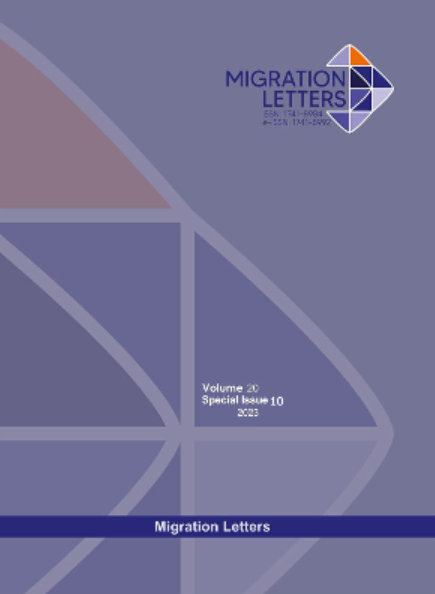Review of Quadruple Helix Actors in the Management of Corporate Social Responsibility (CSR) Programs
DOI:
https://doi.org/10.59670/ml.v20iS10.5435Abstract
The Quadruple Helix is an innovative model for the management of CSR programs. The local government established a CSR forum to unite the various actors. In practice, however, the Quadruple Helix actors failed to formulate and institutionalize a shared vision as the foundation for each actor's activity. The purpose of this research is to obtain an overview of CSR program management by explaining the roles and frameworks of Quadruple Helix actors. This research is descriptive research with a qualitative approach. Interviews, Focus Group Discussions (FGDs), and document searches were used to collect data. Data analysis techniques using interactive analysis include data condensation, data presentation, and conclusion drawing. The results revealed that the CSR forum was ineffective because Quadruple Helix actors did not comprehend the mechanisms of CSR program management. An important issue of contention is who has the authority to run CSR programs, whether through the forum, the company, or the APBD. This difference in understanding causes the actors involved in CSR management to be CSR actors (companies and government). Meanwhile, academics and the community are not regarded as essential actors in the execution of CSR programs. Another factor is that local regulations, which serve as the foundation for CSR implementation, do not comprehensively regulate CSR management. As a result, actors' roles and responsibilities are blurring, leading to a decrease in actors' motivation to actively participate in the management of CSR programs. Governments and corporations are active actors in the management of CSR programs because both act as regulators and budget providers. As a result, changes to local regulations or regent’s decrees as the legal basis for CSR management, as well as cross-sectoral planning and coordination in designing CSR programs based on community needs analysis, are required. It is to avoid overlapping government and CSR programs and the emergence of community rejection reactions.
Metrics
Downloads
Published
How to Cite
Issue
Section
License

This work is licensed under a Creative Commons Attribution-NonCommercial-NoDerivatives 4.0 International License.
CC Attribution-NonCommercial-NoDerivatives 4.0






